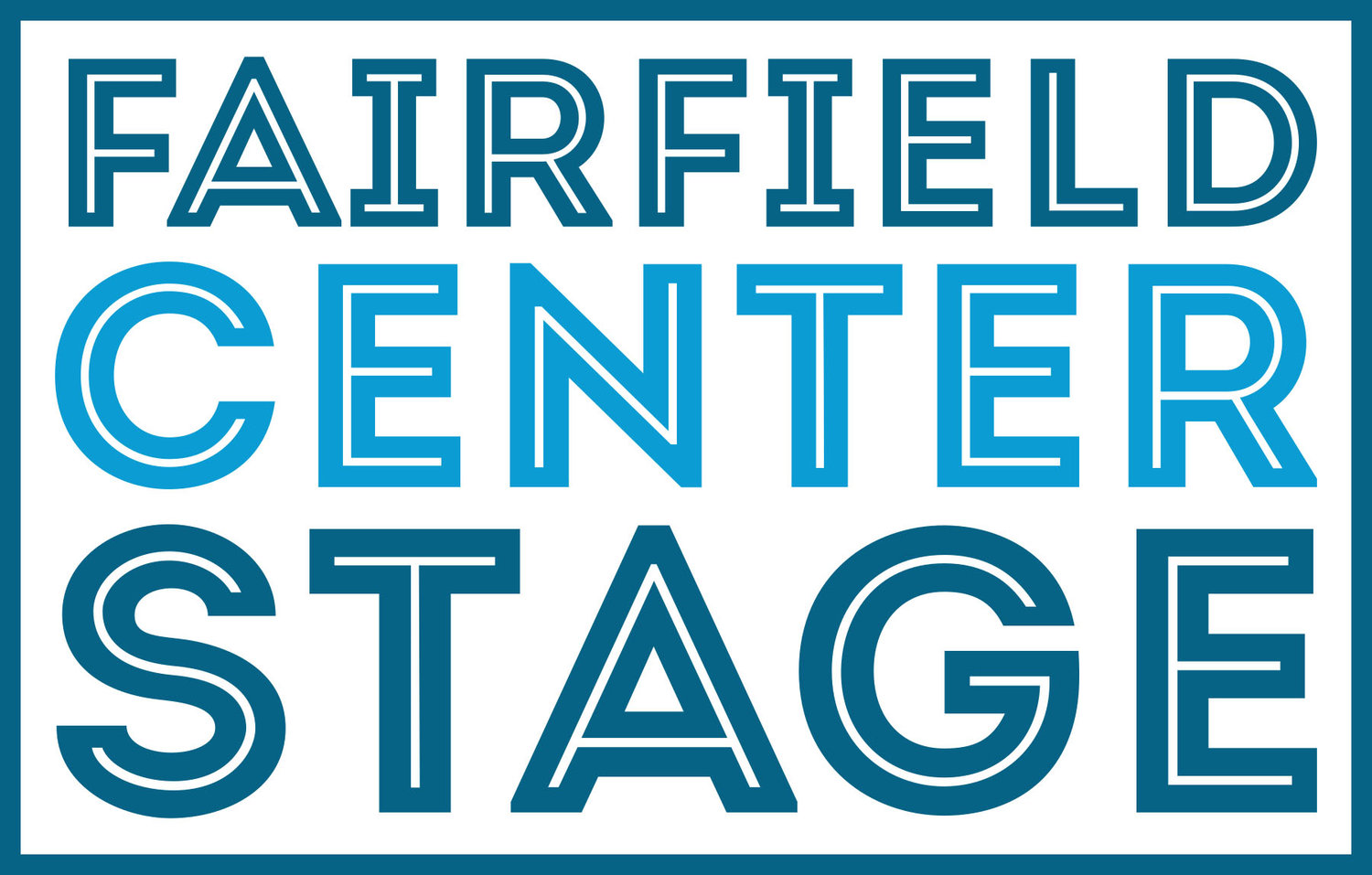Q: Why is it important for this story to be told today?
A: “This story is intensely personal to me. As a medical professional, I deal with end of life issues on a daily basis. Americans DO NOT do this well! If seeing “Wit” opens conversations about how a family member or loved one or oneself wants to spend their last days it will be a huge success in my eyes. These preferences are sacred. Sacred means we all need to not only be aware of what we want, we must then respect what our loved ones want. Yes, even if we disagree.”
Q: How does your character fit into the end of Vivian's life journey?
A: “The character of E.M. Ashford is only briefly seen by the audience, but has had a profound effect on the central character’s (Vivian) entire adult life. We hear almost nothing about Vivian’s mother, and Vivian is so fiercely independent that she is not one to either trust or look up to anyone, but she truly respects and admires Ashford, her former professor. As an actor, I believe that EM Ashford is the mother figure of the piece and as such is a rare soothing presence in Vivian’s last moments.”
Q: What is the overall heart of this story?
A: “When describing the theme of this show, “It’s about a woman that is dying of ovarian cancer,” most people suddenly have a deer in the headlights look. Sounds..... depressing, right? Wrong! “Wit” is not bleak, it is uplifting, thought provoking and powerful. Not sad. Not bleak. Beautiful.”
Q: What do you hope the audience takes away from this experience?
A: “Taking the terror out of the transition between life and life everlasting is a profound mystery in life. We need to make it a comma, not a semicolon. If that analogy is puzzling, come see Wit and it will become crystal clear!”

